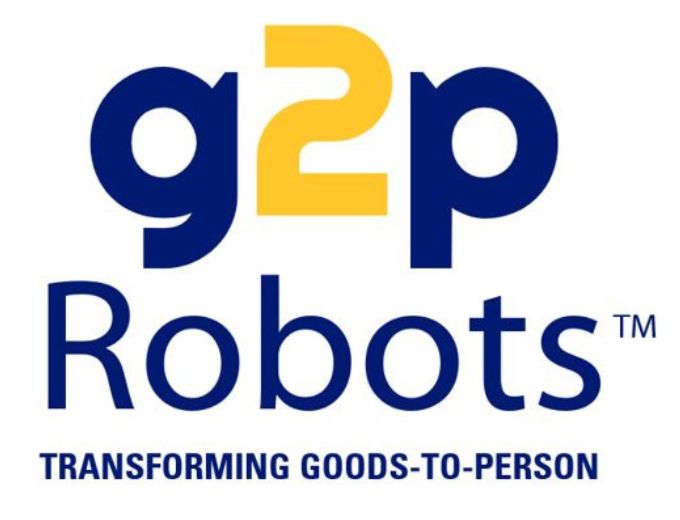Are your warehouse processes truly efficient? If your pickers are spending more time walking than picking, if your orders are riddled with inaccuracies or your warehouse looks more like a teenager’s bedroom than a well-ordered facility, chances are that your warehouse is not as efficient as it could be.
Companies searching for solutions to efficiency challenges may benefit from Goods-to-Person (G2P) robotics systems, which are revolutionizing the way warehouses and distribution centers operate.
These innovative systems deploy the latest developments in warehousing automation by mechanizing the movement of goods and delivering items directly to human operators for processing.
Here are the top five ways that Goods-to-Person robotics can give your warehouse a much-needed makeover.
- Enhanced Productivity
We all know that the shortest distance between two points is a straight line, but warehouses can feel more like mazes.
G2P robotics systems dramatically increase productivity by eliminating the need for workers to put on their running shoes to traverse aisles and long distances. By delivering items directly to operators, G2P systems free up time so employees can focus on value-added tasks, which results in faster order fulfillment and increased throughput to enable warehouses to reach optimal productivity.
- Improved Accuracy
According to a recent survey, 62% of respondents reported that the number one cause of inventory fulfillment problems is human error from manual processes.
Robotics technology offers warehouses an “easy” button by guaranteeing precise and error-free handling of inventory from pick to pack.
Any warehouse looking to ensure the right items are delivered to the right customer in the shortest amount of time (aren’t we all?) will benefit from G2P systems as they boost customer satisfaction and reduce costs associated with returns and order corrections.
- Optimal Space Utilization
Any Tetris player knows that it’s crucial to be mindful of where you place each piece as it enters the playing field. You must anticipate options for future spaces and plan ahead to avoid creating gaps—the difference between a mediocre player and an advanced one is being able to quickly assess and place pieces.
Goods-to-Person robotics systems function the same way by maximizing the utilization of available space within a warehouse.
Tight on space? Compact robot units can navigate through narrow spaces and storage racks. Not using your vertical storage? Optimizing space can help smaller warehouses store more and reduce operational costs associated with larger warehouse footprints.
- Flexibility and Scalability
Two of the most highly desired capabilities warehouses search for are flexibility and scalability. These days, businesses must adapt to radically changing demand patterns and be able to scale their operations exponentially, often in a time crunch.
Unlike retraining workers or purchasing more warehouse space, robots can be reprogrammed to accommodate new products or workflow adjustments. Agility is all the rage right now as it should be—businesses must be responsive to evolving market needs.
Plus, the modular design of Goods-to-Person robotics systems ensures simple expansion and integration with existing infrastructure.
- Worker Safety
According to the US Bureau of Labor Statistics, employee turnover in the warehouse industry is a mind-blowing 46 percent.
Among the factors that contribute to this high turnover are the repetitive, physically demanding tasks that can lead to workplace injuries. By automating these tasks, Goods-to-Person robotics systems relieve human operators from the strain of manual material handling tasks, leading to a safer and healthier work environment.
Enhancing worker safety and reducing the risk of injury improves employee morale and minimizes downtime due to injuries, resulting in greater overall efficiency and productivity.
Conclusion
In 2023 alone, 250,000 logistics robots were sold worldwide, as compared to 75,000 in 2019—that’s a 233 percent increase in only four years. As technology continues to advance at this break neck speed, logistics companies and warehouses will only benefit from the implementation of G2P robotic systems as they will play an increasingly crucial role in driving efficiency and competitiveness in the logistics industry.

